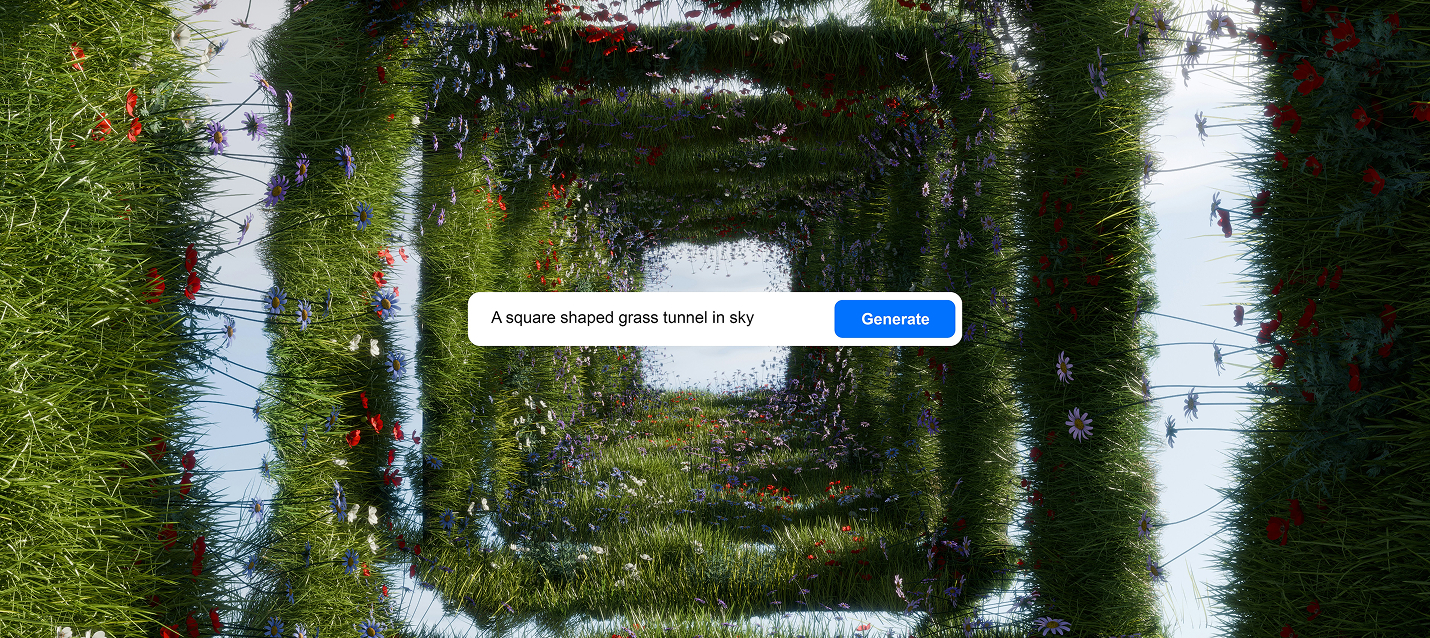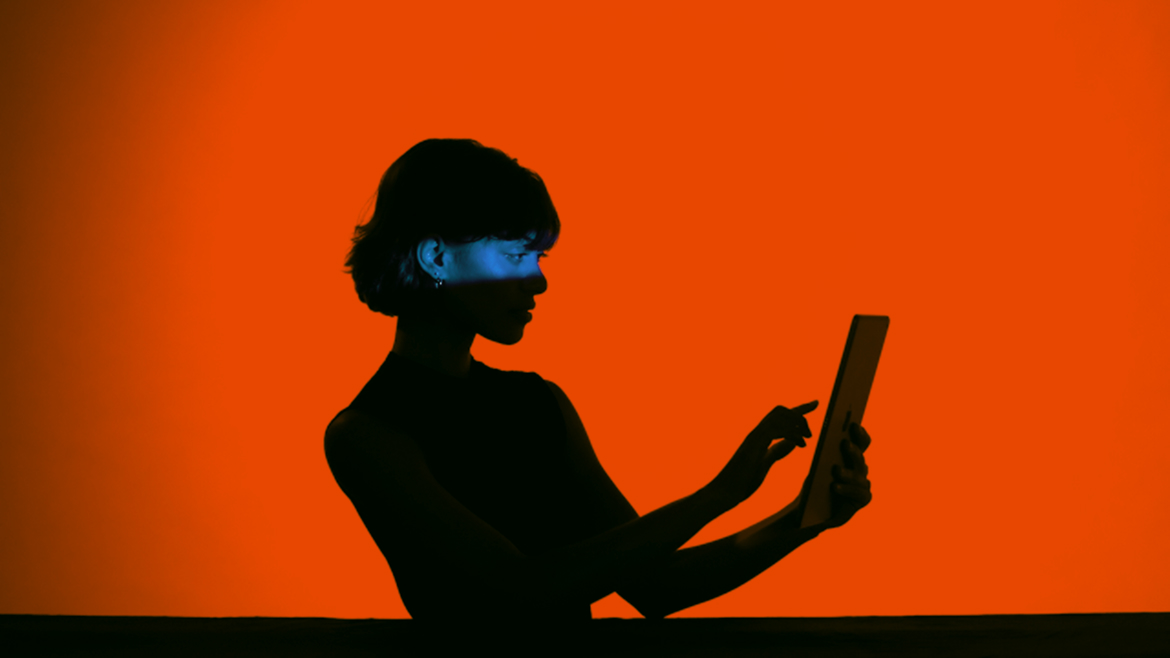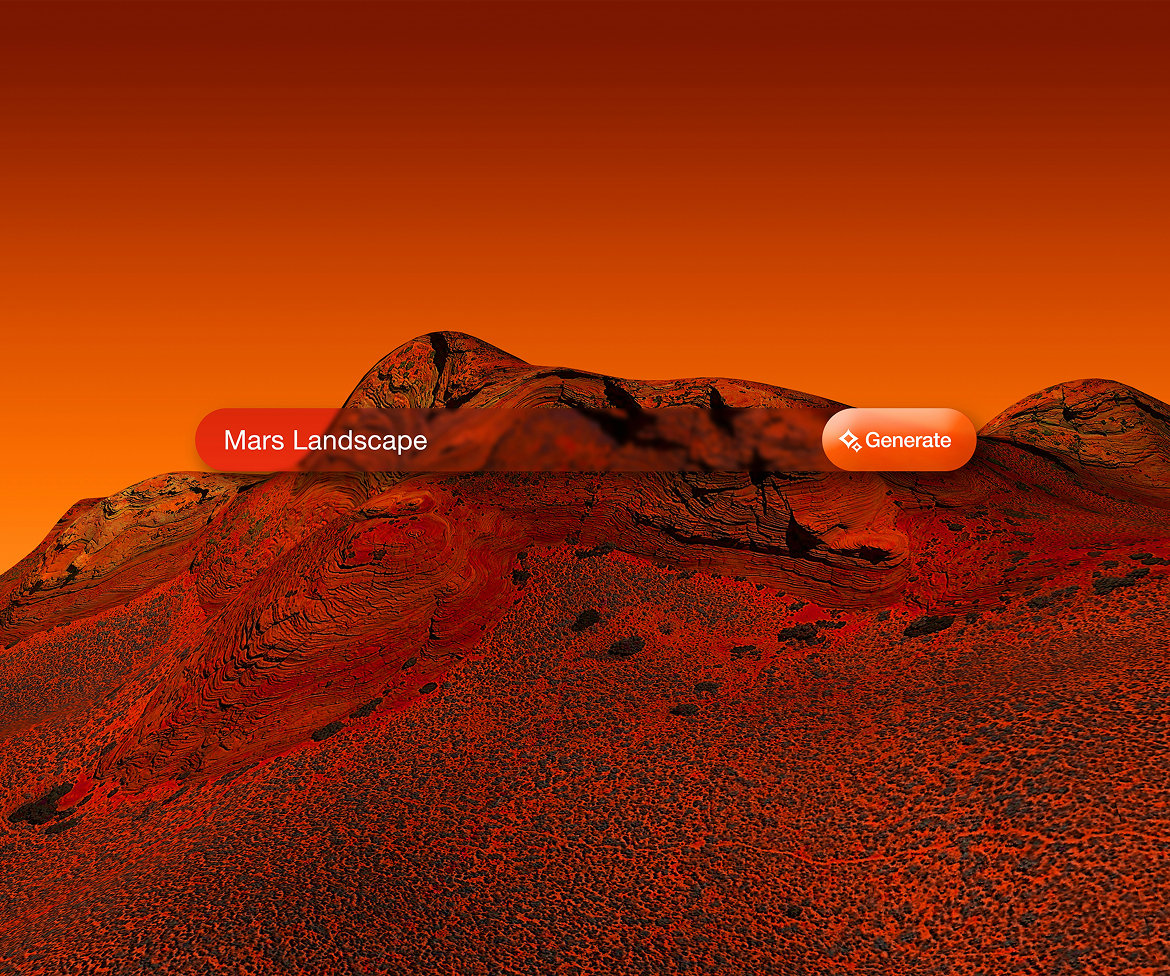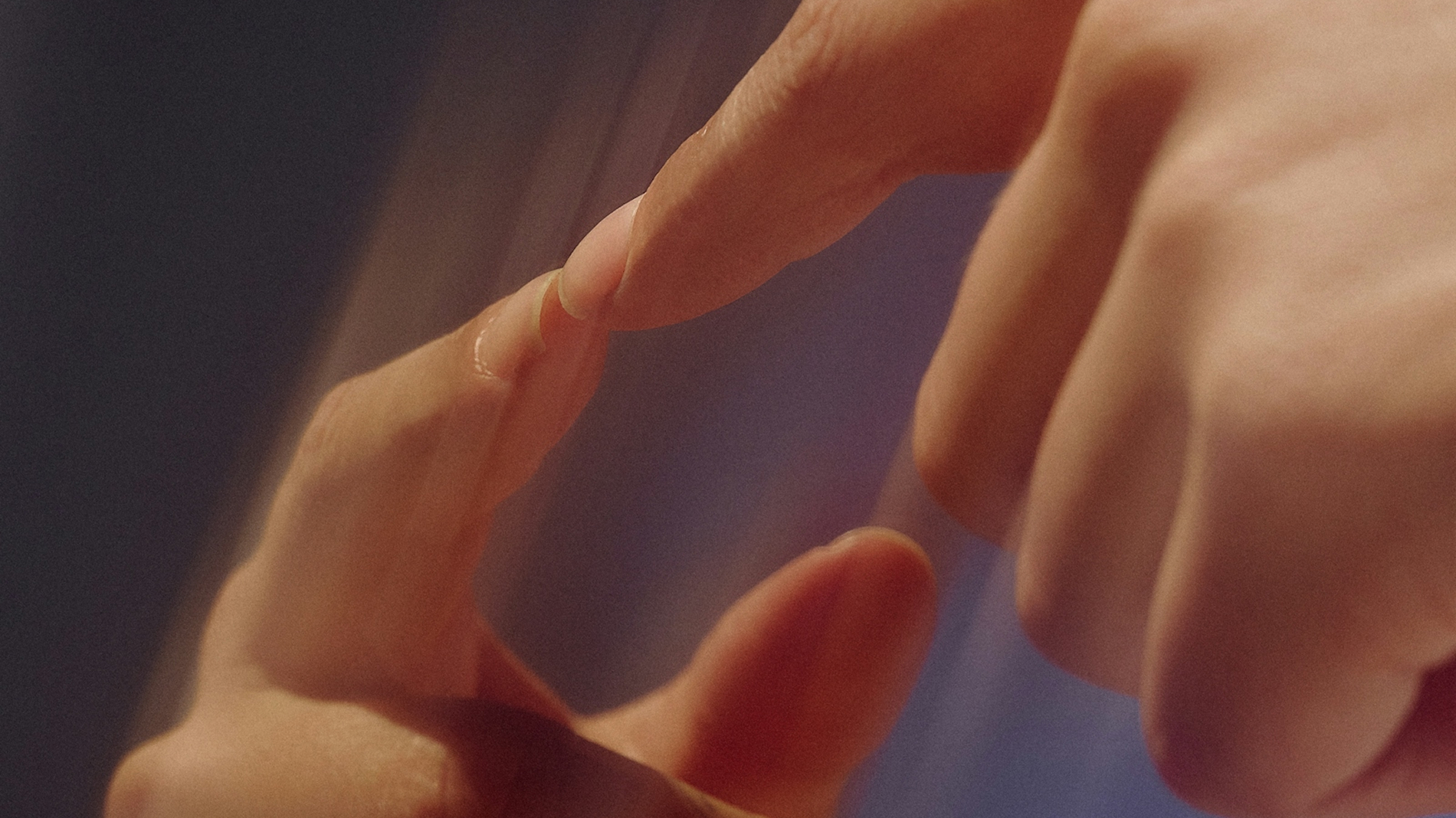Designer in the Age of AI –
replaced, redundant, or more valuable than ever?


A few years ago, I never would have thought I’d be grateful for not having specialized in one specific program or technical niche. I was never the 3D artist or motion goddess who knew every shortcut by heart. Instead, I was always more interested in the bigger picture. Today, that feels like an advantage. With AI, ideas can be realized in seconds—without me ever having mastered Blender in detail. For many of my more specialized colleagues, however, this is nothing short of a nightmare. 3D artists are watching live as their skills are being overtaken at record speed by models like Sora or Stable 3D. What used to be exclusive expertise is now available as a service with a single prompt. And that shift is already having consequences: Fiverr’s CEO Micha Kaufman recently wrote in a memo to staff, “It does not matter if you are a programmer, designer, product manager … AI is coming for you.” Shortly afterward, Fiverr announced it would cut 30% of its workforce to reposition itself as “AI-first.” That’s not some dystopian future scenario—it’s 2025.

It took seven days to create the world. In just seconds, we create Mars.

Of course, I use AI constantly myself. Photoshop AI retouches backgrounds, Figma Make builds prototypes, ChatGPT delivers personas or ideas I’d never have thought of on my own. It all feels like magic, but it’s already everyday reality. At the same time, I sometimes wish AI would step in elsewhere: creating accessible PDFs or batch-converting image formats are still a nightmare in 2025. AI takes over the fun stuff, while the truly tedious tasks—the ones we actually want to get rid of—are still sitting on my to-do list. The priorities of the big players are clearly skewed toward marketing-friendly features, not the things that would genuinely make our daily work easier.
And then there’s the sameness problem. Scroll through Instagram or walk through a U.S. downtown, and it feels like every billboard was spat out by the same AI: text on the left, cutout image on the right, neutral background. Startup websites follow the same formula—98% of them based on identical layout ideas. It’s as if the world collectively agreed on a universal, boring template. Yes, AI makes design more accessible. But it also makes it more interchangeable.

And this is where the real shift begins. Our role as designers is changing. We’re no longer just the makers who push pixels around. We’re the curators who sift through 500 generated versions to find the one that makes sense. We’re the ones who stitch AI fragments into coherent systems that last longer than a single pitch. We’re the ones who deliberately swim against the current, while AI keeps serving us the mainstream on repeat.
That sounds exciting, but there’s a catch: What about junior designers? In the past, they started with small tasks—an icon here, a social media post there. Today, Midjourney cranks that out in three seconds. Where are young people supposed to learn what really matters in design if the foundational tasks are already gone? Design education urgently needs to adapt. Students don’t just need tool know-how, they need the ability to engage critically with AI: Where does it help, where does it hinder, where does it produce mediocrity? And most importantly, how do I arrive at a result that doesn’t look like everything else?
Because that’s the new currency: distinctiveness. And it’s getting more expensive. I believe the market is splitting in two. On one side: commodity design—fast, cheap, AI-based. For many small startups, that’s even better than paying a mediocre designer who wouldn’t deliver anything groundbreaking anyway. On the other side: signature design—deliberately curated by humans, strategically thought through, guided by a clear stance.

Interestingly, Wix Studio already offers the option to “sign” websites like artworks. In the future, it might even become a status symbol to own design created by humans. For the mass market, that won’t matter. But in the premium segment—luxury, art, high-end tech—this “seal of the human” could become the most important differentiator.
Still, let’s be honest. A huge portion of what designers do today will be automated. Logos, standard websites, simple 3D visualizations—within a few years, no one will need them anymore. But there are areas AI will never reach. First: context. Brands are cultural beings, and whether a design works depends on subtle nuances—social, political, local. An AI doesn’t understand why a symbol feels cool in Germany but sparks a scandal in Japan. Second: empathy. Clients rarely know exactly what they want. It’s only in conversation, in listening, in misunderstandings and nuances, that clarity emerges. AI can do input-output, but it can’t form real relationships. And third: courage. The best designs aren’t smooth or convenient—they break rules. AI, on the other hand, only generates variations of what it already knows. It will never propose the brilliant rule-breaking move that changes everything.
So we’re left with a paradox. It’s never been easier to turn ideas into reality. And it’s never been harder to stand out from the crowd. AI democratizes creativity, which is wonderful. But it also floods the world with generic mediocrity. Designers won’t disappear because of this, but they will have to reinvent themselves. Less as craftsmen, more as translators, strategists, curators between people, brands, and society.
Perhaps human design will become a luxury. Perhaps even a status symbol. But one thing is certain: truly good design has always been more than just a handful of prompts—and it always will be